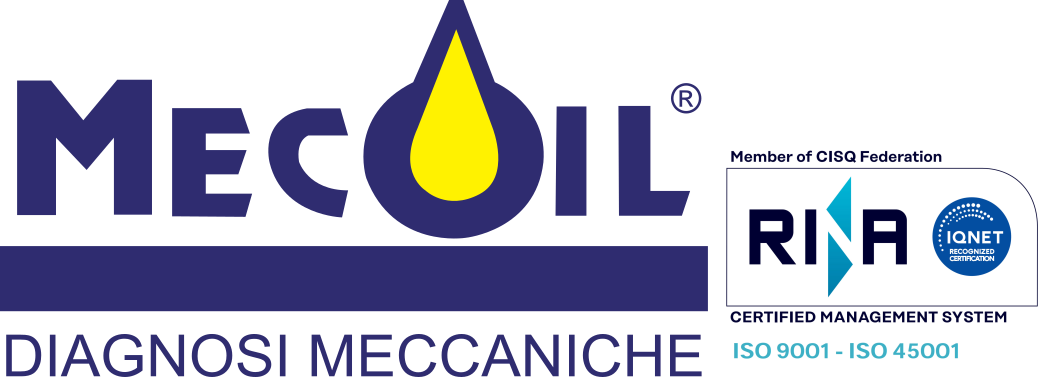Self-maintenance is the ability to maintain the productive potential unchanged in time, beyond the intrinsic value of the assets. All this by using personnel within the company, while trying to minimize the stoppages, the fixed costs of the warehouse and the environmental risks, while managing fewer but more motivated human resources.
These are some of the “wishes” of the people who need to think about production and demand maximum efficiency and rapidity of intervention from current maintenance. Just twenty years ago, when most Italian and European industrial settlements were started, this was a difficult goal to achieve. Many installations in heavy (and processing) industry have been conceived as big hardware investments, with little attention to the LCC (Life Cycle Cost) and objective maintainability. Economic return and short-time asset repayment were prioritized, evaluating their effectiveness only in terms of goods production per hour; purchasing at a low cost was a guaranteed success.
It turned out that throughout the life of the plants, the cost for planned interventions (or worse, breakdown interventions) far exceeded the initial investment. Over time, many machines have become obsolete, but they’re still essential to the process, and the only practical solution was to resort to Diagnostics and Predictive Maintenance, the only guarantees against the risk of uncontrolled decay. At the same time, technological advancements have responded to the need to increase production margins by designing machines that are faster, less bulky and cheaper, but also much more critical!
Nowadays, in order to implement early diagnostics within ordinary maintenance, it is necessary to accommodate the production demands required by large distribution and at the same time to insert ourselves into current procedures without disrupting them. Very often these are “political” choices that can only come from the pressures of a truly motivated managerial staff.
On the occasion of this Convention, I would like to give my contribution on what makes the “Predictive Maintenance” hypothesis increasingly more feasible through diagnostics, overcoming some of the physical constraints encountered by operators so far.
